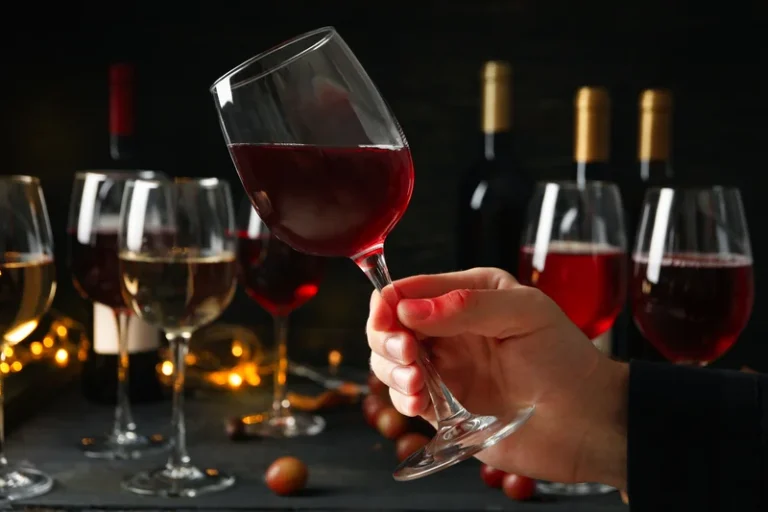
Probably the most common risk of prescription drug abuse is addiction. People who abuse medicines can become addicted as easily as if they were taking street drugs. That’s one reason most doctors won’t renew a prescription unless they see the patient — they want to examine patients to make sure they’re not getting addicted. Prescription drug abuse is the use of a prescription medicine in a way not intended by the prescriber. Prescription drug abuse, also called prescription drug misuse, includes everything from taking a friend’s prescription painkiller for your backache to snorting or injecting ground-up pills to get high.
Misuse of Prescription Drugs Research Report

Depressants can make people sleepy, uncoordinated, or confused, and can lead to slurred speech and slowed breathing. Abruptly stopping or reducing them too quickly can lead to seizures. Taking CNS depressants with other medicines, such as prescription painkillers, some over-the-counter cold and allergy medicines, or alcohol can slow a person’s heartbeat and breathing — and even kill. Opioid abuse can lead to mood and behavior changes, trouble thinking clearly, breathing problems, and even a coma or death. This risk is higher when opioids are taken with other substances like alcohol, antihistamines, and CNS depressants. Your teen’s personality, your family’s interactions and your teen’s comfort with peers are some factors linked to teen drug use.
- Opioid abuse can lead to mood and behavior changes, trouble thinking clearly, breathing problems, and even a coma or death.
- Most SUDs begin in the teenage years and continue into adulthood.
- Be ready to answer these questions so that you can focus on points you want to spend more time on.
- The self-help support group message is that addiction is an ongoing disorder with a danger of relapse.
- Your therapist or licensed counselor can help you locate a self-help support group.
Prescription Drug Abuse Prevention

Whatever the method of delivery, seek immediate medical care after using naloxone. It’s important to teach them the power of saying no and how to enjoy life without relying on substances. Teenagers are exposed to various problems that many parents, teachers, and other adults may not understand or relate to.
- Many, though not all, self-help support groups use the 12-step model first developed by Alcoholics Anonymous.
- This website provides youth-focused resources and opportunities that inspire and empower young people to make a difference in their lives and in the world around them by improving their knowledge and leadership skills.
- The Partnership Attitude Tracking Study (PATS) also found troubling data on teen misuse or abuse of prescription stimulants.
- You can start by discussing your substance use with your primary care provider.
- A person is more likely to respond to feedback from someone who is trusted.
Signs and symptoms of prescription drug abuse
Drug and alcohol use can lead to substance use disorder as well as the specific health risks of the substance being abused. Stimulant abuse (like with some ADHD drugs) may cause heart problems, seizures, panic attacks, paranoia, and violent behavior. These risks increase when stimulants are mixed with other medicines — even ones you can buy without a prescription, like cold medicines. An intervention is a carefully planned process involving family and friends and others who care about a person struggling with addiction. Consulting an intervention professional, an addiction specialist, a psychologist or a mental health counselor can help you plan an effective intervention. Substances that teens may use include those that are legal for adults, such as alcohol or tobacco.

Some people using them illegally snort or inject them to get that effect faster. Injecting drugs raises your chances of getting diseases like HIV and hepatitis C. This is partly because of teen drug abuse the rising age of the U.S. population and because more people are living with long-term pain.
Teen Drug Abuse: Signs, Risks, and Treatment

Alcohol is the most frequently abused substance among teenagers. The activity has been proven to be extremely dangerous in many situations, with drunk driving accidents killing thousands of teens each year. This fact sheet offers young adults information on living with depression, including depression and approaches to treatment.

And if they are lonely or dealing with stress, teens may use substances to distract from these feelings. So if their friends use substances, your teen might feel like they need to as well. Teens also may also use substances to feel more confident with peers. Explore Mayo Clinic studies testing new treatments, interventions and tests as a means to prevent, detect, treat or manage this condition.
- Teenagers who misuse substances can experience drug dependence (substance use disorder).
- Finally, we provide recommendations for practice that attempt to overcome these challenges.
- The Partnership for Drug-Free Kids leads The Medicine Abuse Project, a multi-year initiative with the goal of preventing half a million teens from abusing prescription medicine by the year 2017.
- Your school counselor is a great place to start looking for professional help.
- Early identification of prescription drug abuse and early intervention may prevent the problem from turning into an addiction.
Substance Misuse and Mental Health
Other drug treatments for opiate withdrawal include methadone and the blood pressure medicine clonidine. Naltrexone blocks the effects of opiates and can prevent a relapse. It can be taken orally (Revia) or as a monthly injection (Vivitrol). Treatment for opioid addiction includes medications that can help people get control without a high chance of addiction. Get more information on the signs of prescription drug addiction.
At the same time, make sure that you reassure your teen that you love them and that you want to help. These warning signs do not necessarily mean a teen is using drugs. Other health problems like allergies, sinus infections, hormone imbalances, or mental disorders can also cause these symptoms in teens. Vaping is attractive to teens because e-cigarettes are often flavored like fruit, candy, or mint.

